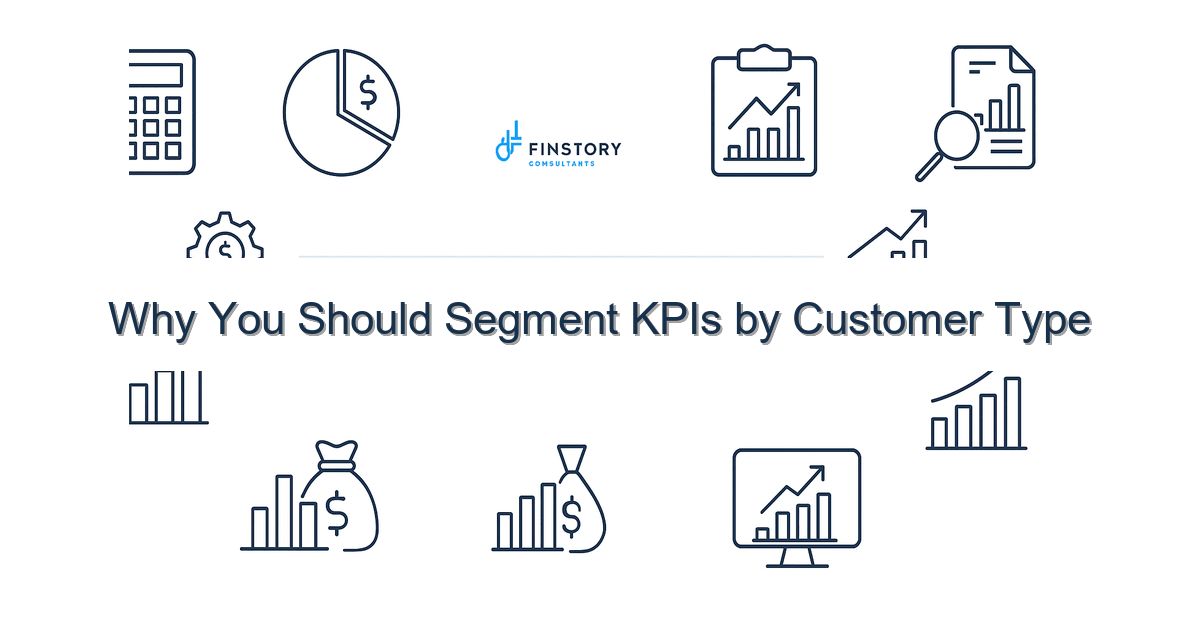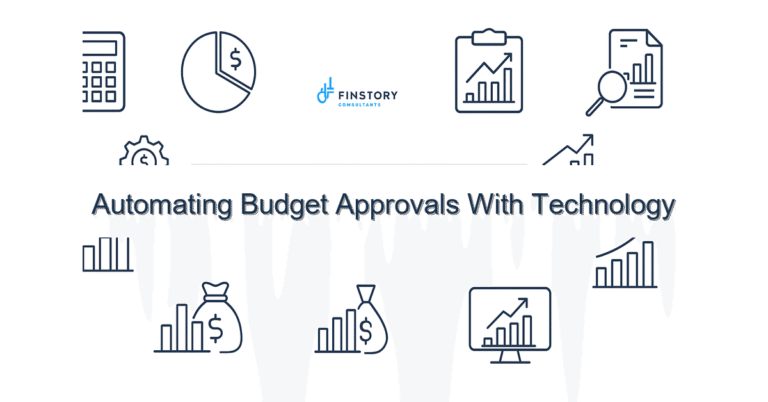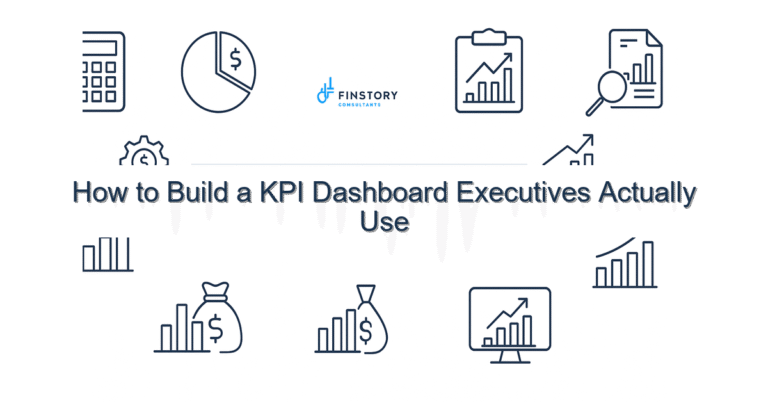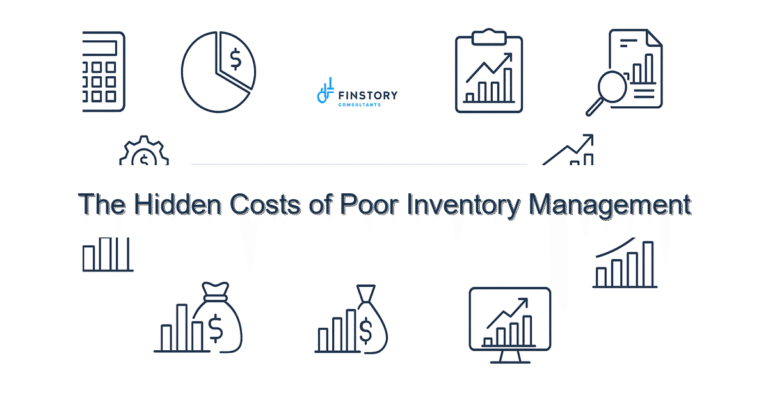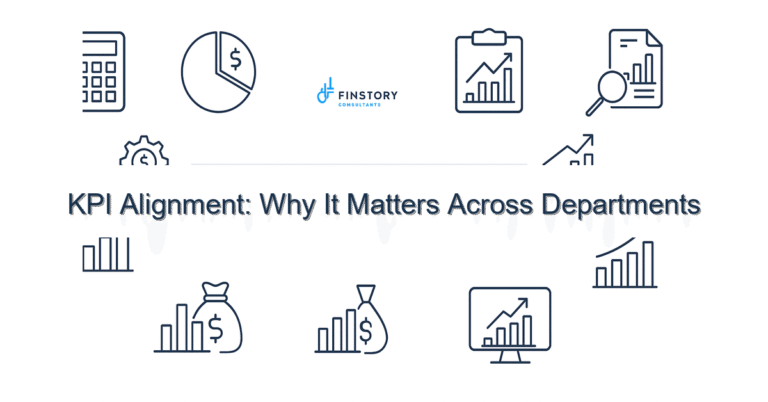Why You Should Segment KPIs by Customer Type
You’re responsible for both care quality and the margin that keeps the lights on. It feels impossible to improve both when your reports bundle everyone together. Segmenting KPIs by customer type gives you the clarity to act where it matters.
Summary: Segmenting KPIs by customer type helps you make faster, more accurate decisions—improving cash collection, reducing unnecessary utilization, and aligning resources to the most valuable patient flows. Do this and you’ll move from reactive firefighting to targeted improvement.
What’s the real problem?
When finance and operations look at one-size-fits-all KPIs, the numbers lie. Aggregated metrics hide opposite trends and mask where problems — or opportunities — actually live.
- Revenue looks flat while a growing outpatient channel is profitable and an inpatient service is bleeding margin.
- Average length of stay seems fine until you break it out by payer and find Medicare patients driving variance.
- Cash collections appear healthy overall, but self-pay balances are growing and denials spike for a specific commercial plan.
- Leaders argue over strategy because they interpret the same metrics differently, creating paralysis.
What leaders get wrong
Many leaders mean well but apply blunt tools to complex problems. Respectfully, here are the common mistakes I see:
- Relying on aggregate KPIs and assuming all patients behave the same financially and clinically.
- Using too many metrics without mapping them to specific customer segments — volume over signal.
- Not aligning finance, operations, and care leaders on the definition of a “customer type” (payer, referral source, service line, or patient cohort).
- Waiting to report trends monthly instead of acting on leading indicators by segment.
A better approach
Segmenting KPIs isn’t fancy analytics; it’s disciplined thinking about whom you serve and why. Here’s a practical 4-step framework to get started.
- Define customer types clearly. Choose definitions that matter to decisions: payer (Medicare, Medicaid, commercial, self-pay), referral source (employer groups, physician practices), or service pattern (surgical, chronic care, urgent care).
- Map KPIs to each segment. Not every KPI belongs everywhere. For payers, prioritize denial rate, days in A/R, and contract yield. For self-pay, focus on average balance, point-of-service collections, and charity policy impact.
- Set segment-specific targets. Use historical baselines and peer benchmarks where available. Targets should be actionable—improvable within 90 days with the right interventions.
- Operationalize with dashboards and governance. Deliver daily or weekly dashboards to controllers and operations leads, and review them in short, focused huddles with clear owners.
Real-world story: a mid-size community hospital split outpatient revenue KPIs by payer and service line. Within six months they closed a 12% gap in expected cash collections for one commercial plan by reallocating eligibility verification resources and renegotiating pre-authorization workflows. The change paid for a dedicated eligibility analyst within two quarters.
Quick implementation checklist
- Pick 3–5 customer types that drive most revenue and variability.
- Choose 6–8 KPIs per customer type — mix financial and operational metrics.
- Extract a 12-month baseline for each KPI and segment for comparison.
- Create a simple dashboard view (daily/weekly) for key owners.
- Assign one accountable leader per segment with a 90-day improvement plan.
- Run a 30-minute weekly huddle to review exceptions, not every number.
- Document definitions and data sources so FP&A and operations align.
- Prioritize 2–3 quick wins (e.g., reduce denials for a payer; increase point-of-service collections for self-pay).
What success looks like
- Improved reporting accuracy: reduce variance between reported and actual segmented revenue to within 2–3%.
- Faster decision cycles: shorten KPI-to-action time from monthly to weekly or daily for key segments.
- Better cash outcomes: reduce days in A/R by 7–14 days for targeted payer segments.
- Operational improvements: lower denial rates by 15–30% in a problem payer within 90 days.
- Stronger ROI: generate measurable returns on low-cost interventions—often 2–4x within six months.
Risks & how to manage them
- Risk: Data quality gaps create misleading segment results. Mitigation: Start with a small, high-confidence dataset and reconcile to general ledger monthly.
- Risk: Analysis paralysis—too many segments and KPIs. Mitigation: Limit initial work to the top 3 segments by revenue or variability and expand iteratively.
- Risk: Ownership confusion slows action. Mitigation: Assign clear owners, link KPIs to short-term incentives or department goals, and enforce weekly accountability meetings.
Tools & data
You don’t need exotic tools to start, but the right stack accelerates impact.
- Finance automation for clean GL and A/R feeds — reduces manual reconciliation and speeds insights.
- Power BI (or similar visualization tools) to build segment-focused dashboards that leaders actually use.
- Integration between clinical systems, scheduling, and billing so utilization and financial KPIs align by segment.
- Leadership reporting templates that show segment trends alongside overall performance for quick context during executive reviews.
Next steps
If you want to pilot this, start with a 6–8 week sprint: define segments, build a baseline dashboard, and run weekly huddles to capture quick wins. Keep the scope tight and the cadence fast—momentum comes from small, visible wins.
Want help designing the segments, standing up the dashboards, or running the first sprint? Contact Finstory — we work with CFOs, FP&A, controllers, and operations leads to make this practical and sustainable.
Work with Finstory. If you want this done right—tailored to your operations—we’ll map the process, stand up the dashboards, and train your team. Let’s talk about your goals.
📞 Ready to take the next step?
Book a 20-min call with our experts and see how we can help your team move faster.
Prefer email or phone? Write to info@finstory.net
or call +91 44-45811170.
